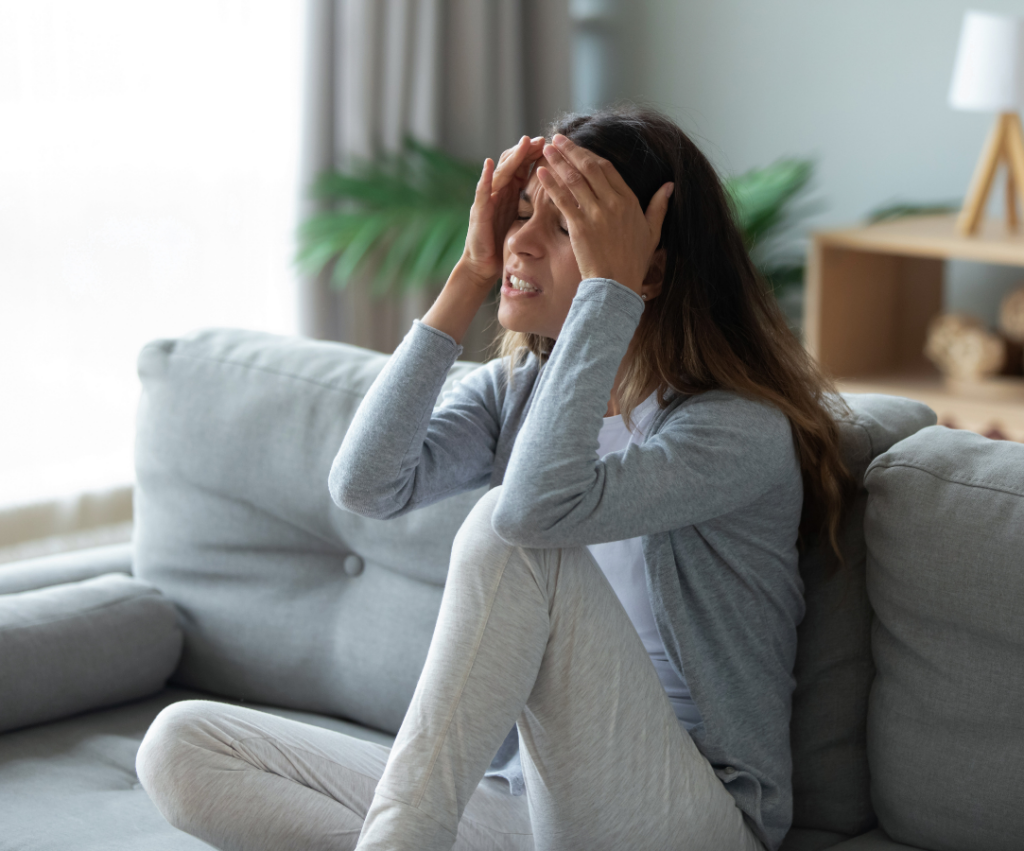Chronic migraines is common for men and women in their 40’s and 50’s. How do you know when you have a chronic migraine? What classifies a chronic migraine versus a regular headache is if the migraine takes place 15 days or more on average every month. Chronic migraines are caused by sensory nerves are inflamed and hypersensitive.
Botox can help treat chronic migraines by blocking the sensors and has a “calming” effect on this pain. It helps block the release of the chemicals from the neurotransmitters from reaching your nerve endings that causes the pain.
Botox for migraines has been approved by Health Canada for over 10 years, with numerous clinical trials that proved its efficacy and safety for the treatment.

Botox might not be fully effective after your first treatment. When it does become effective, it isn’t permanent. You will need to get regular Botox treatments every 3-4 months if this is your long term plan to treat Chronic migraines.
All side effects will subside a day or two after treatment.
Yes! Botox has a different mechanism of action than oral preventatives. Trials have shown a benefit in those who have had tried other preventatives.
It has been shown that with Botox for migraines:
It will work for people with or without medication overuse. If there is a severe overuse or opioid use, ti may be best to plan a withdrawal as part of your treatment plan.
Chronic migraine is the most severe form of migraine. 1-2% of the population suffer form chronic migraines. If you have headaches for more than 15 days of the month for 3 consecutive months, 8 or more of which are migraines. Other day can be “tension type” headaches; but as the severity of headache varies with chronic migraines. It is best to discuss with one of our trained nurses to determine if Botox for migraines is the best treatment for you.